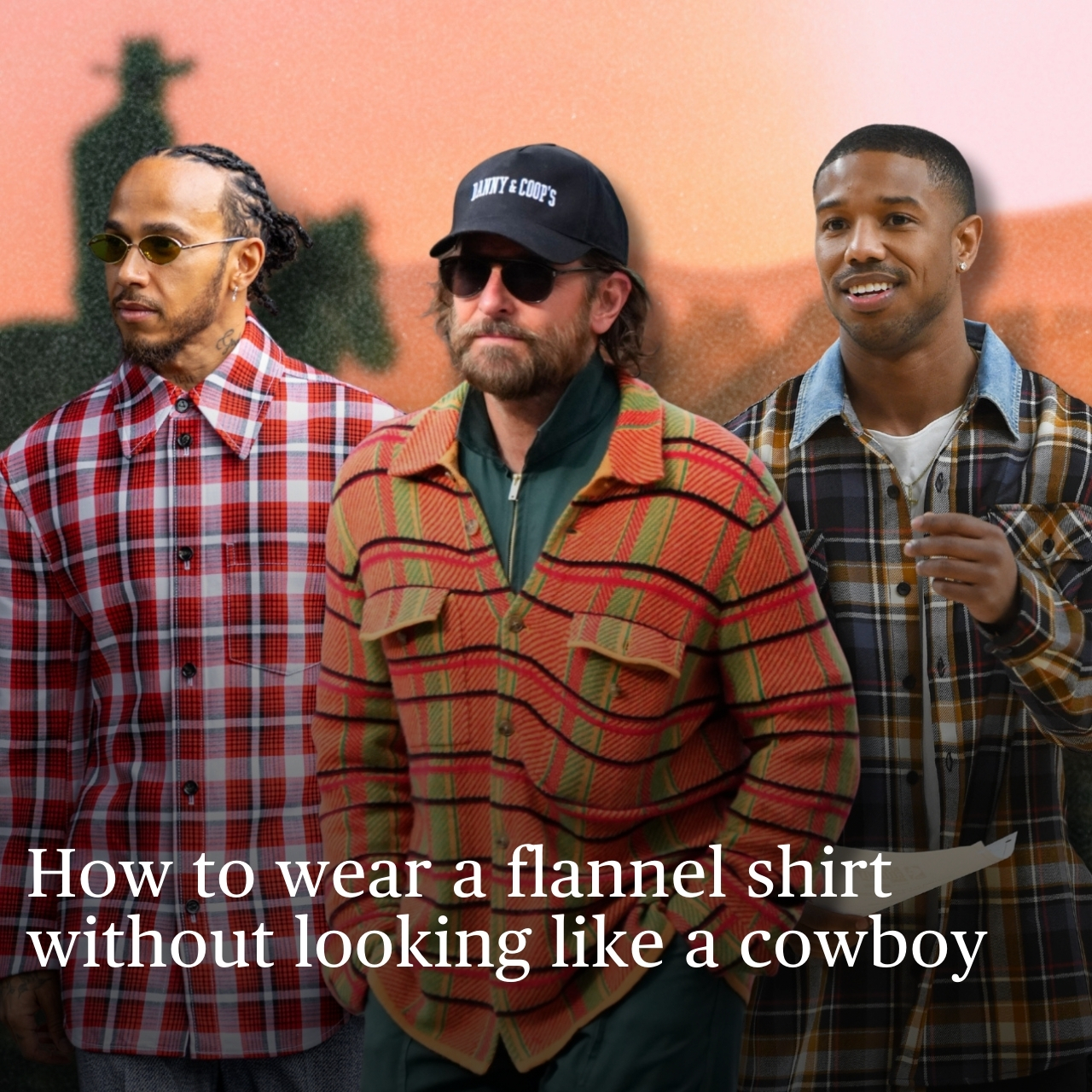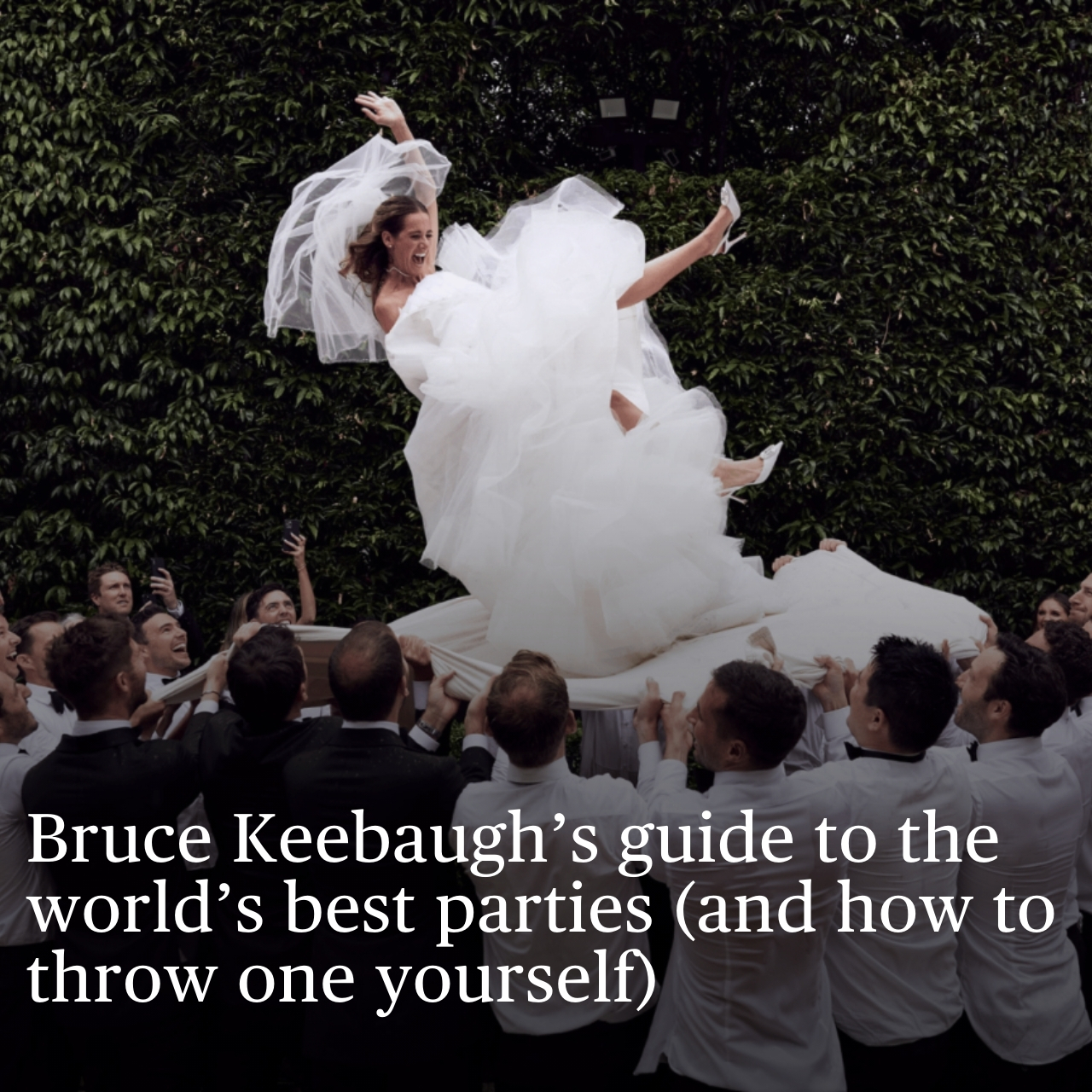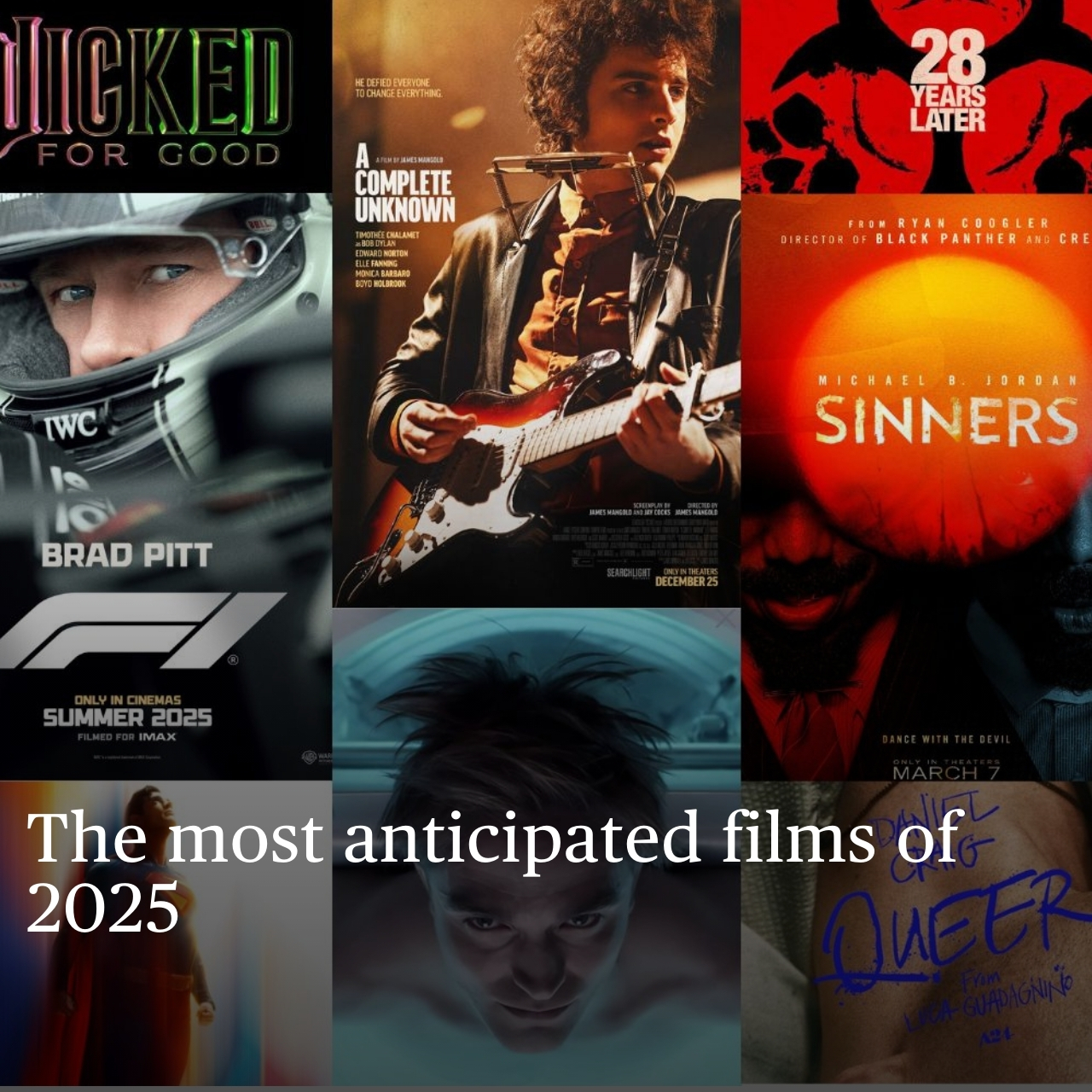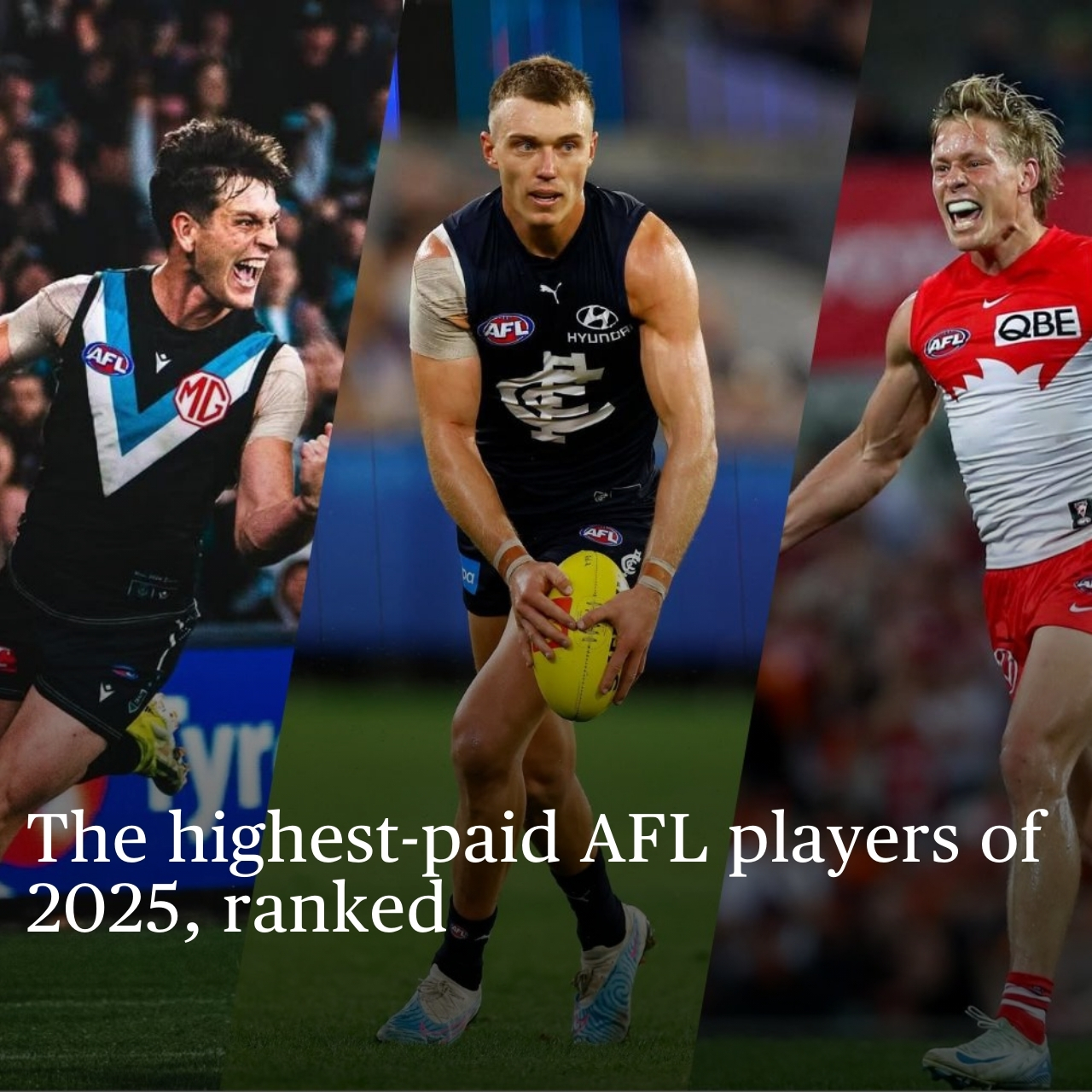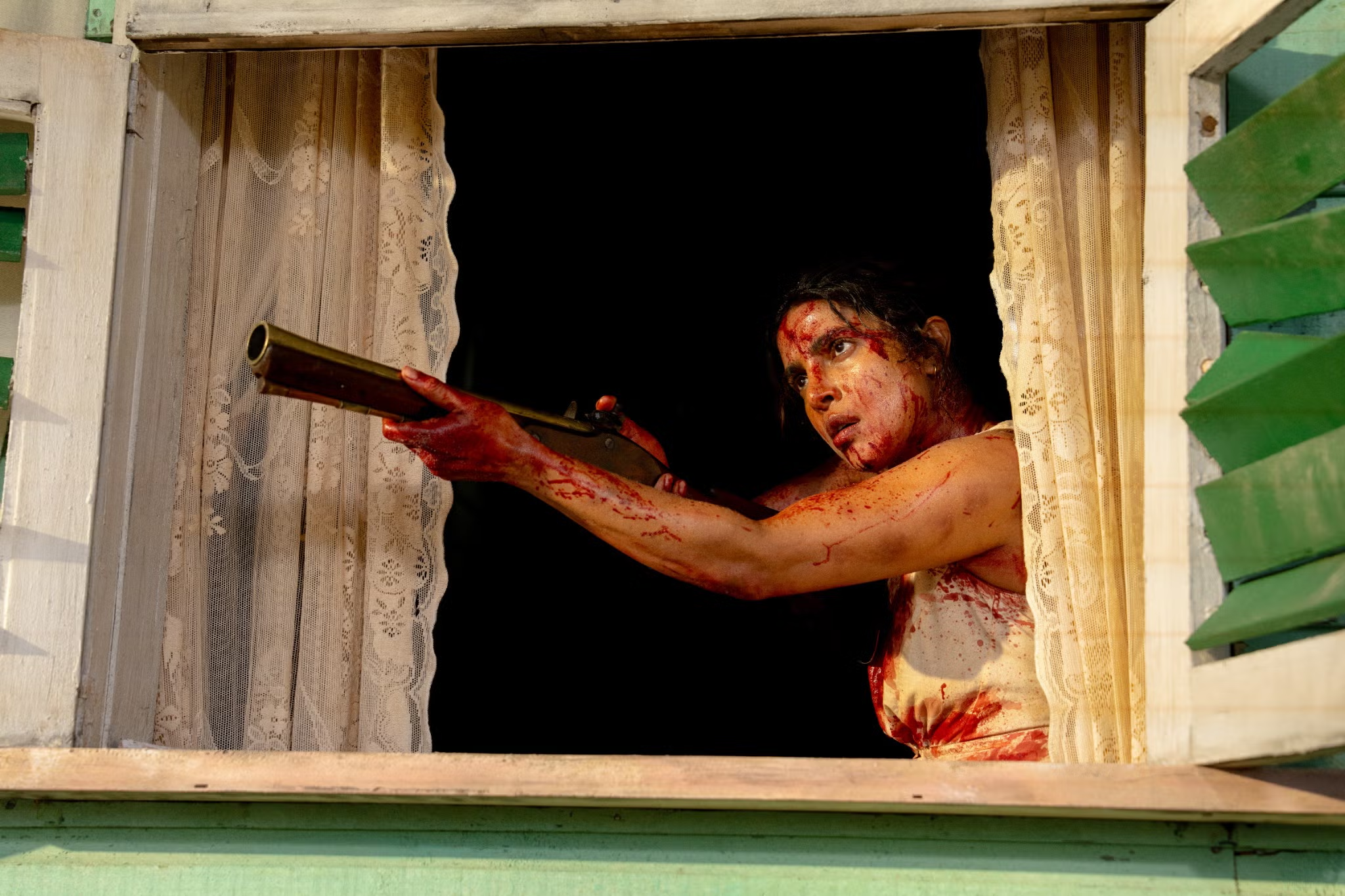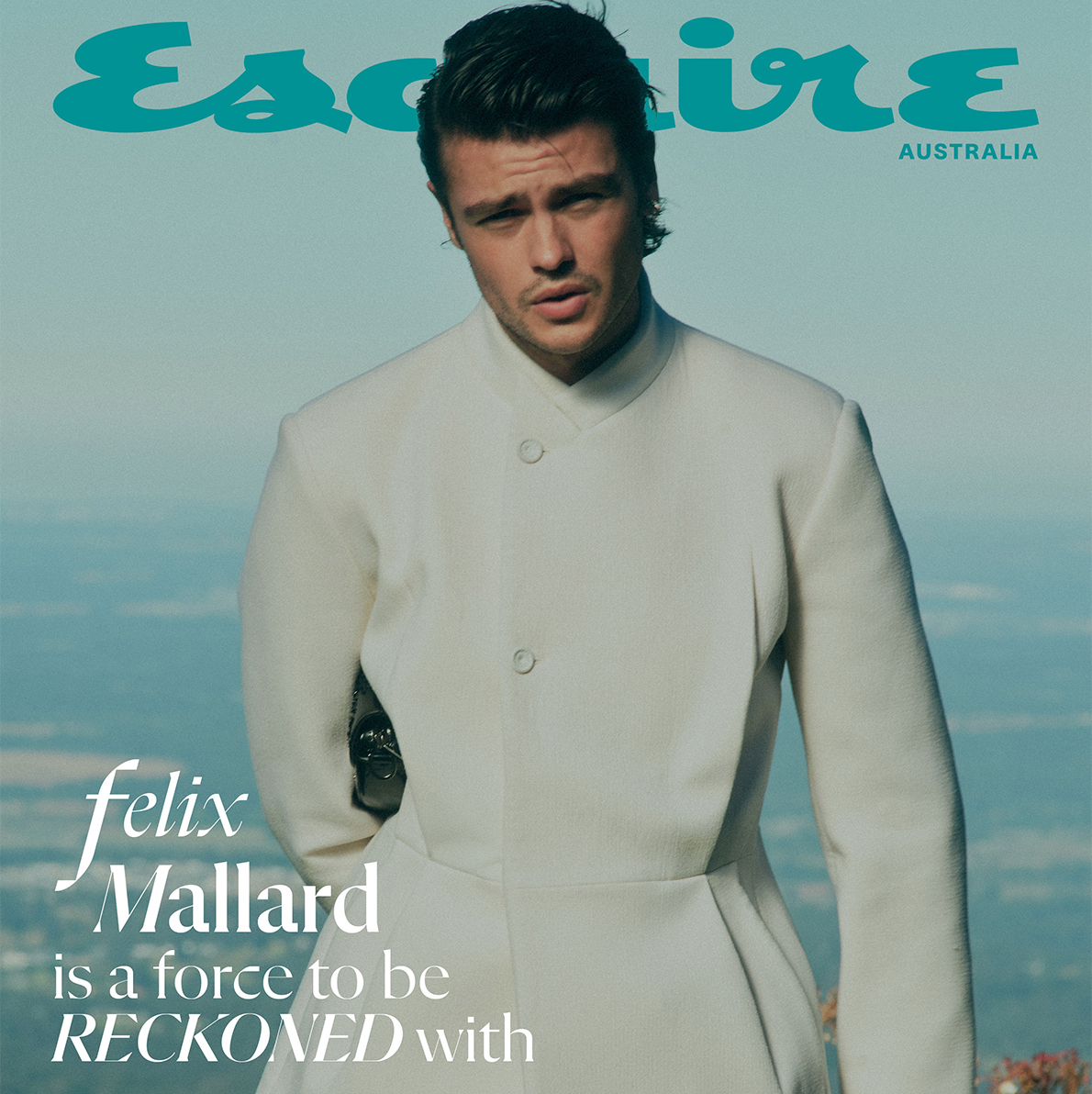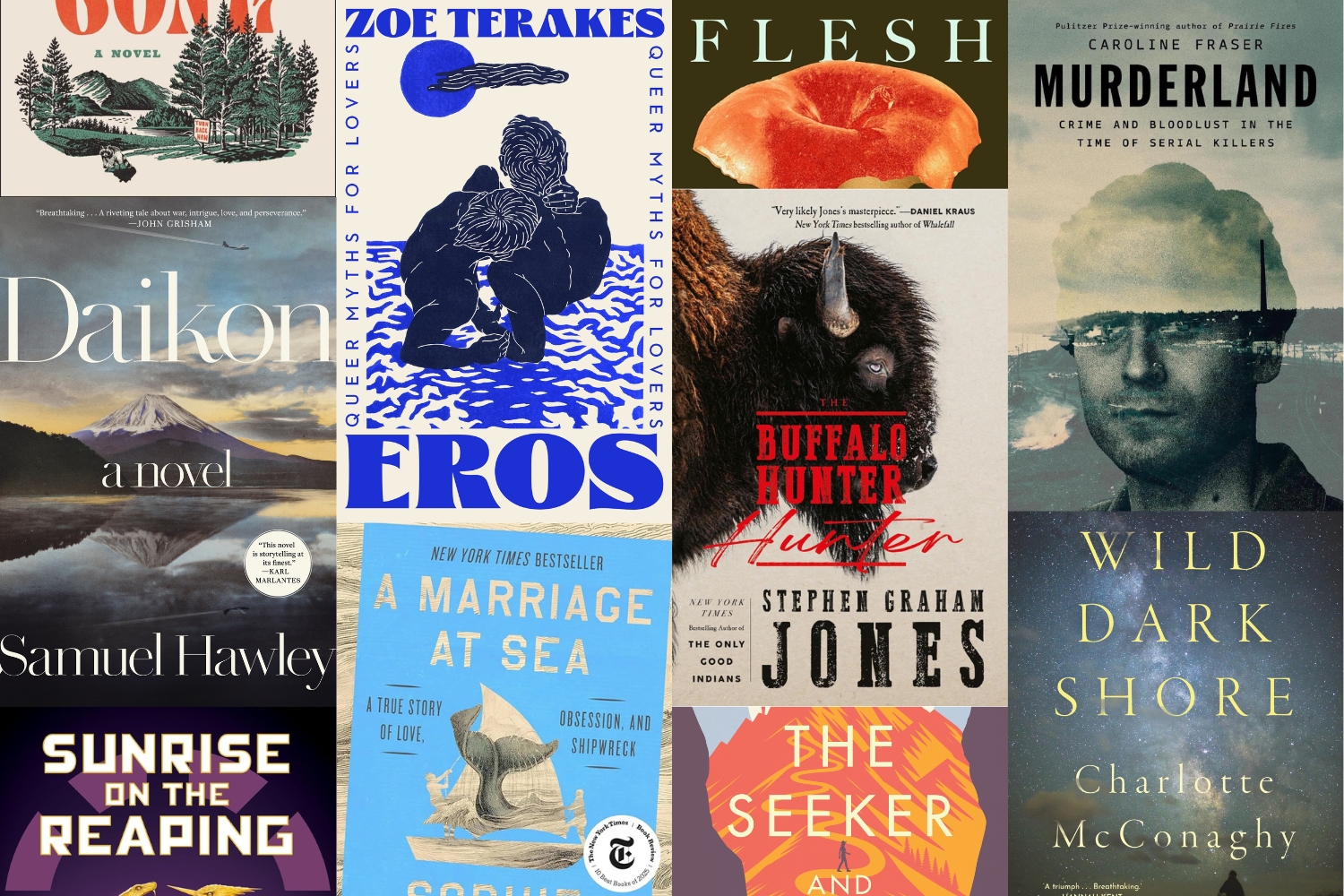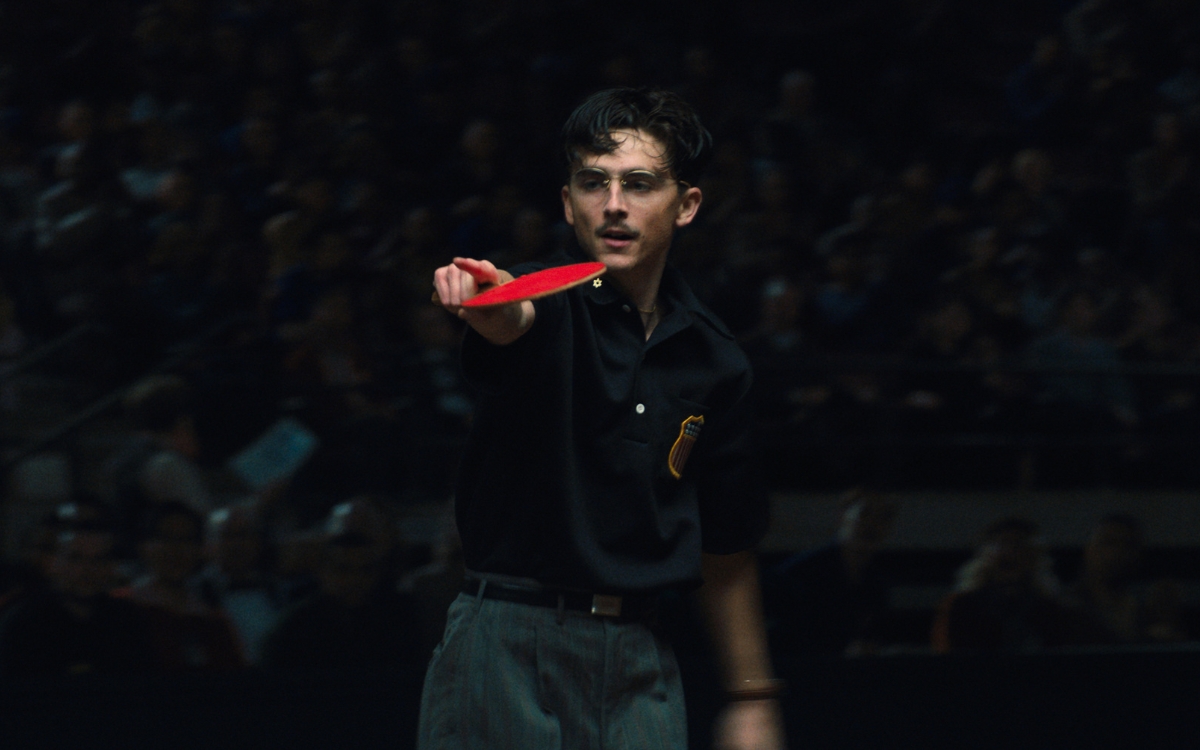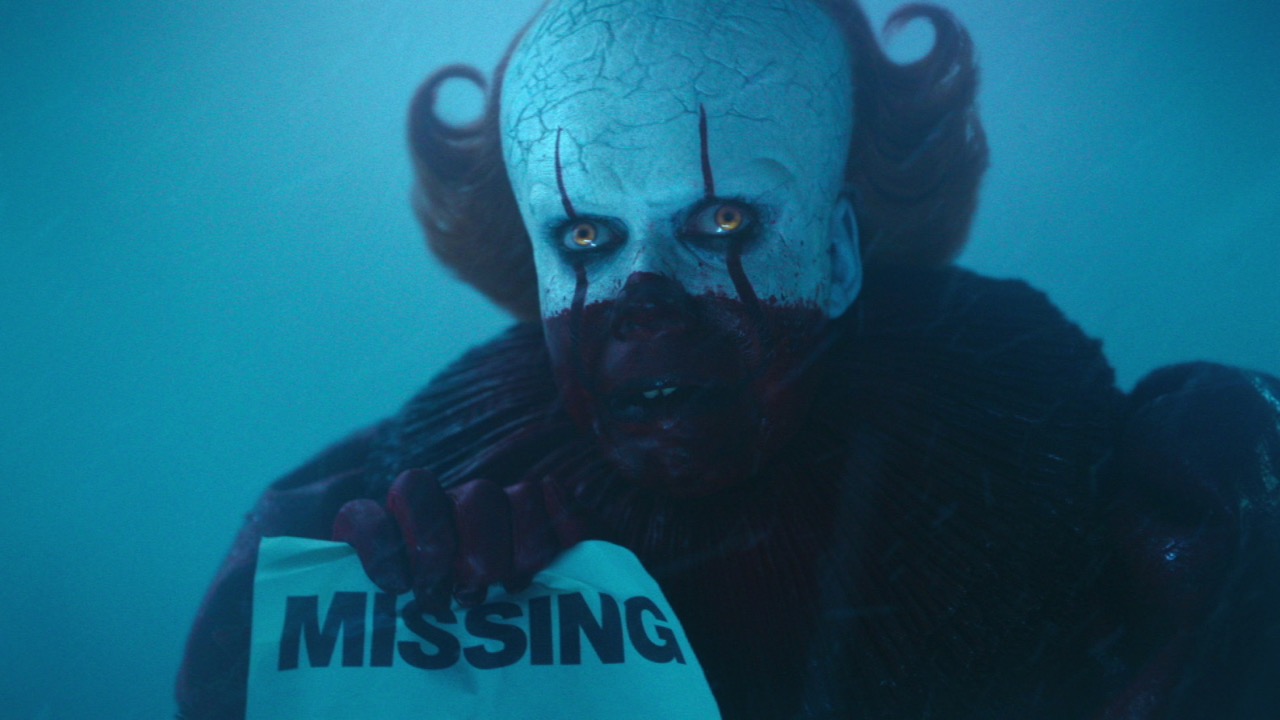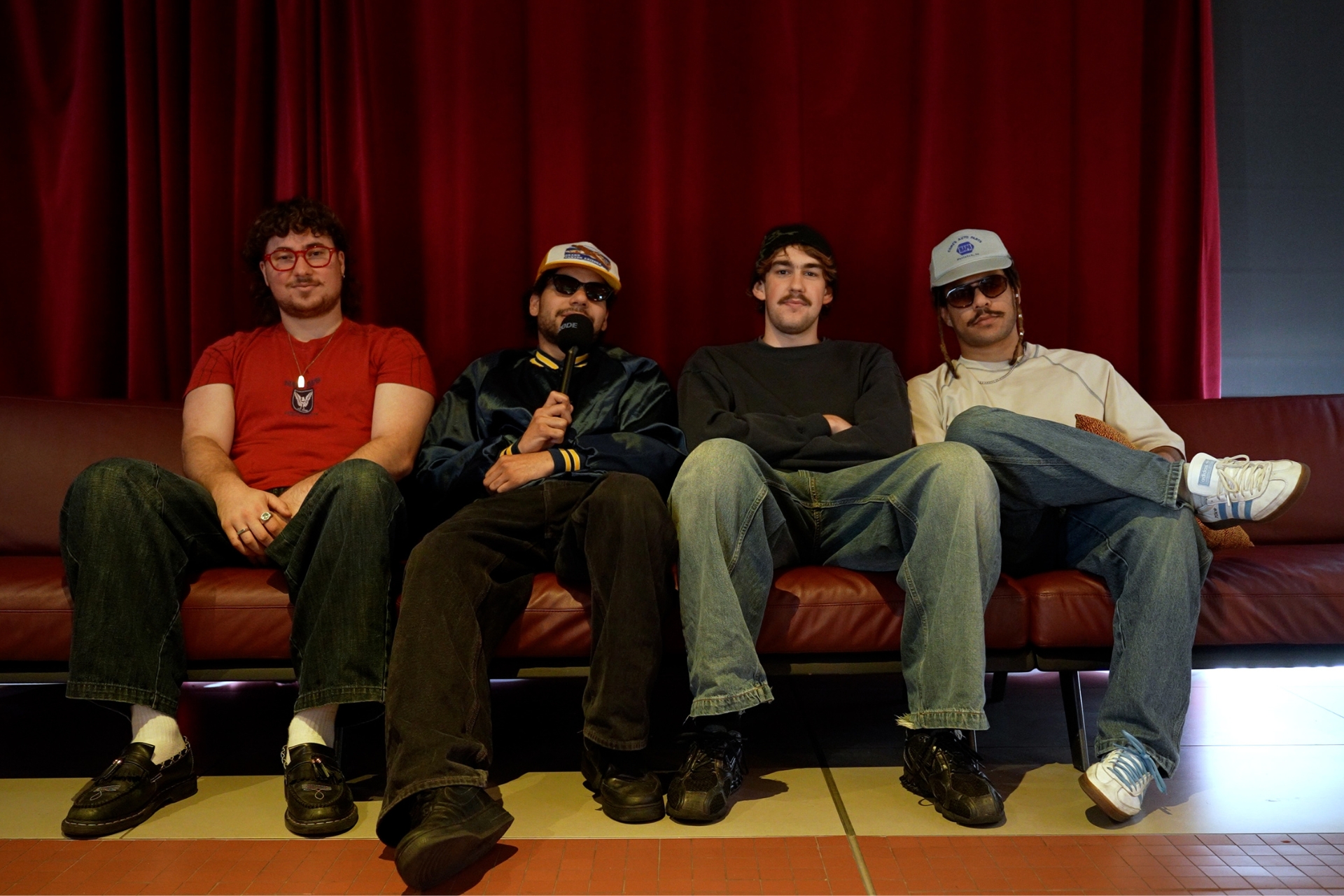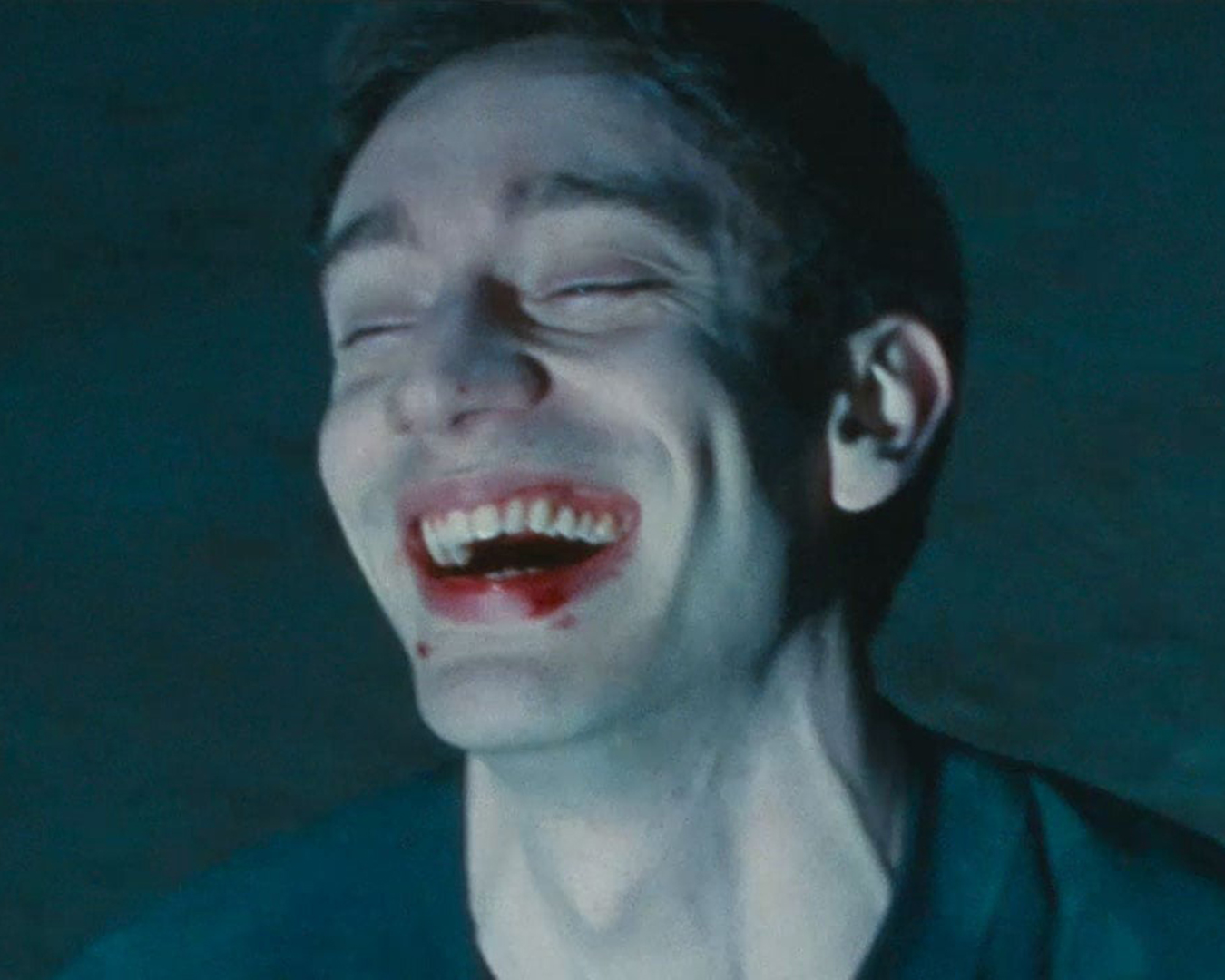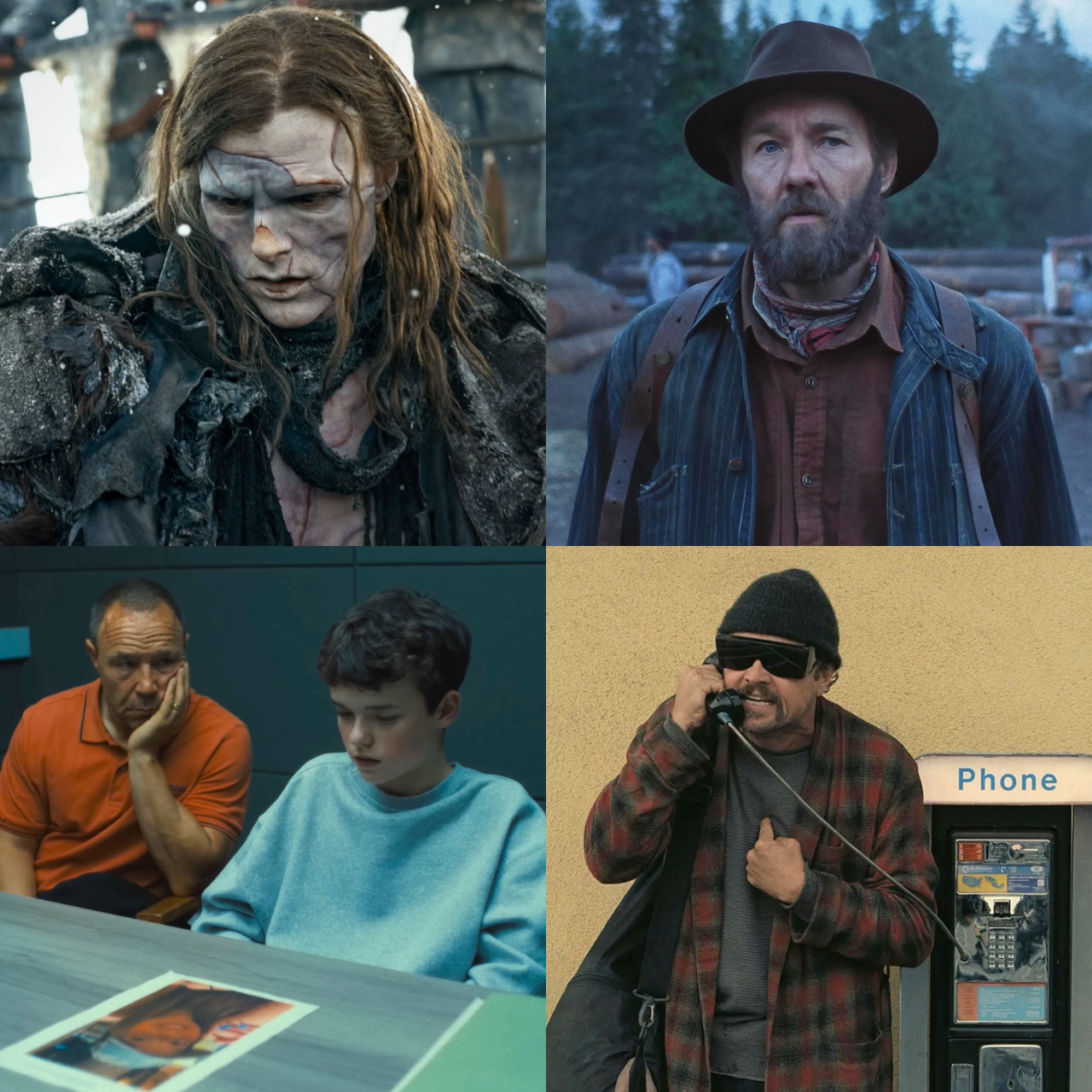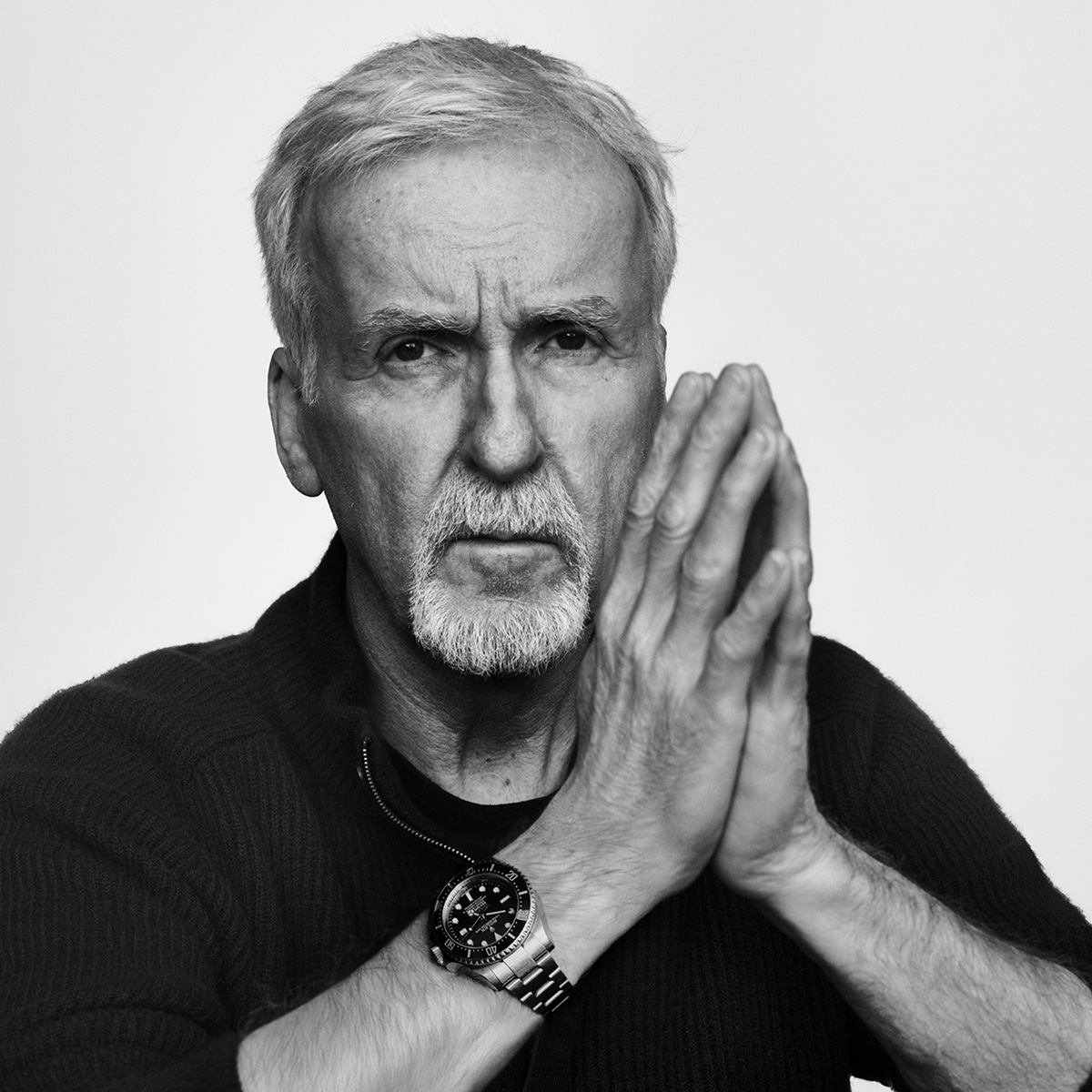Every Paul Thomas Anderson film, ranked: from ‘Phantom Thread’ to ‘One Battle After Another’
If you want to familiarise yourself with director Paul Thomas Anderson after watching 'One Battle After Another', our definitive ranking of his filmography is a good place to start
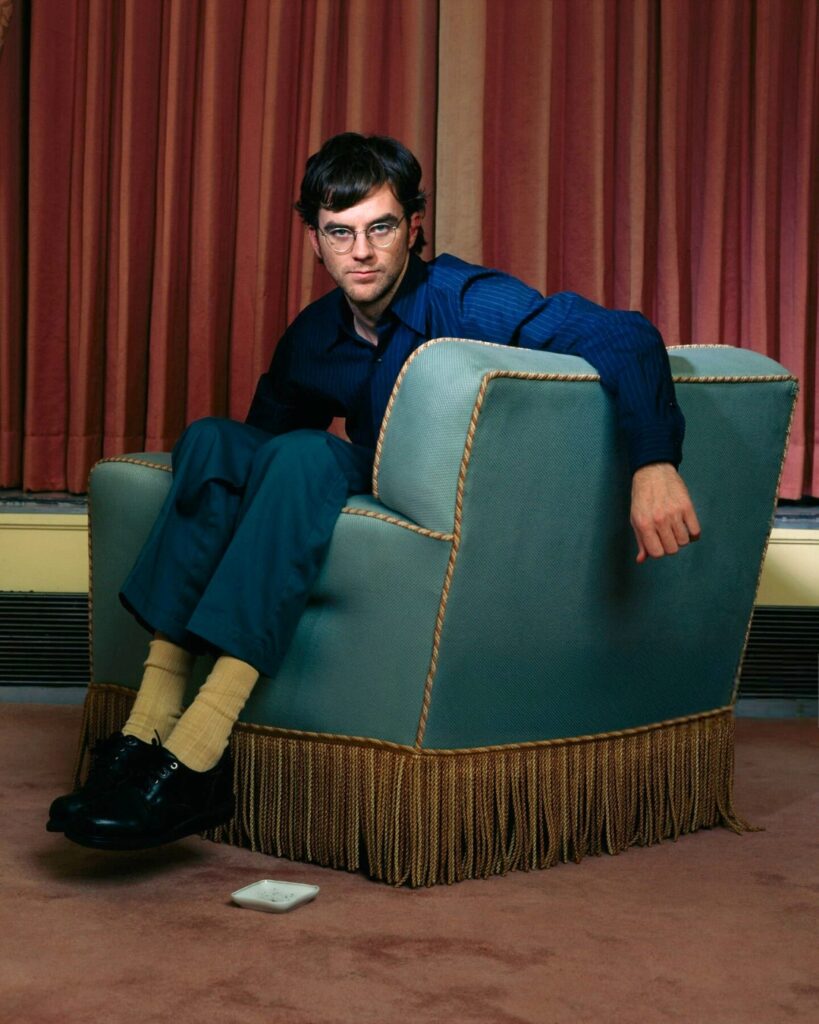
CAN YOU BELIEVE Paul Thomas Anderson hasn’t won an Oscar? Not to say that the little golden man is the be-all and end-all of a filmmaker’s success, but PTA (or Anderson, as we will use interchangeably here on in) has been nominated 11 times. His first was for Boogie Nights in 1997 for Best Original Screenplay, which was quickly followed up by Magnolia in 1999. Sure, don’t give it to the promising young writer-director.
In 2007, the Academy was really playing with Anderson, where There Will Be Blood scored him all-rounder noms in the big-ticket Best Adapted Screenplay, Director and Picture. (Its star, Daniel Day-Lewis, took home Best Actor that year, no sweat). Inherent Vice in 2014? I understand that one. Phantom Thread? A personal fave, but it wasn’t winning against Moonlight. And the more recent Licorice Pizza? Eh.
As we enter the latter half of the year, the 2026 Oscars race is shaping up to be a fierce one. Between Sinners, Sentimental Value, and Hamet as potential dominating front-runners, PTA has One Battle After Another, his new thriller that’ll probably score him Best Picture, Director, and Adapted Screenplay nominations.
So, if you’re like the legions of new fans that have been introduced to PTA’s genius, our definitive ranking of his filmography so far is a good place to get started.
Related: One Battle After Another reminds us just how funny Leonardo DiCaprio can be
What are the best Paul Thomas Anderson movies?
10. Hard Eight (1996)
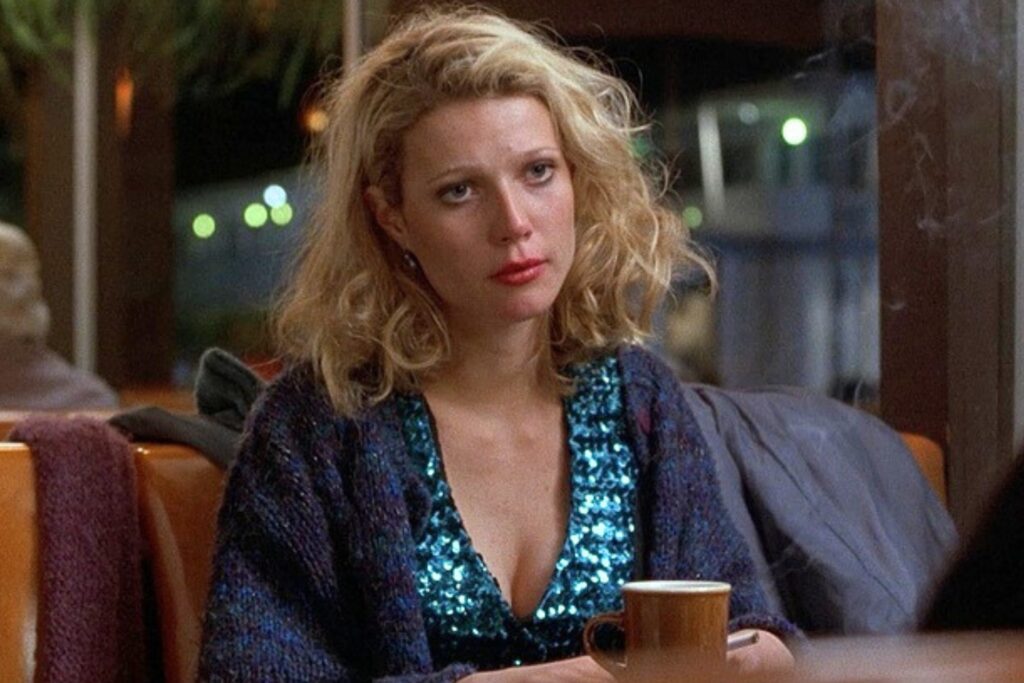
There is no real minor PTA, as some have labelled his debut feature-length film, Hard Eight. In his mid-20s at the time of filming, you can see Anderson arranging his early collaborators in an impressive debut starring Gwyneth Paltrow, Samuel L. Jackson, Philip Seymour Hoffman, Philip Baker Hall, and John C. Reilly. The then-young filmmaker also established his -isms for fringe characters, following the smoky lives of casino workers, low-level hustlers and motel-room heartbreak.
9. Licorice Pizza (2021)
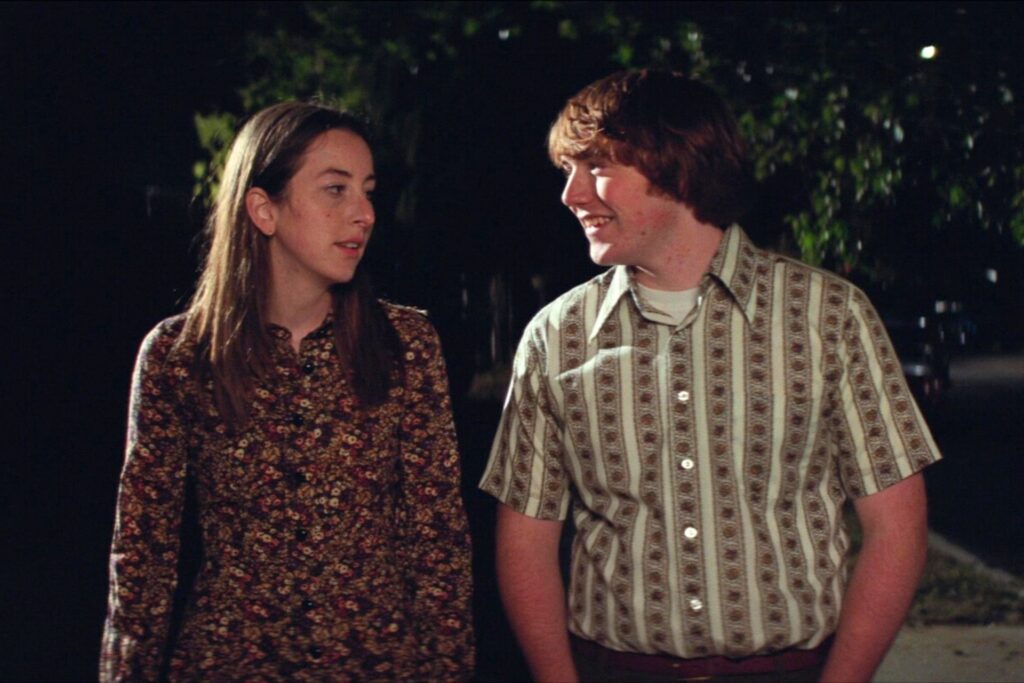
A sweet and pleasant enough ride, also considering its runtime of a little over two hours is shorter than your usual PTA. But Anderson’s penchant for nostalgia gets the better of him with this one, which is set in the San Fernando Valley (where he grew up) of the ’70s to great detail. Though it’s a low-key, charming charming debut film for Cooper Hoffman (son of PTA collaborator Philip Seymour) as 15-year-old Cooper Valentine, who so desperately wants to be an adult and date his crush, Alana (played by Alana Haim).
8. Punch-Drunk Love (2002)
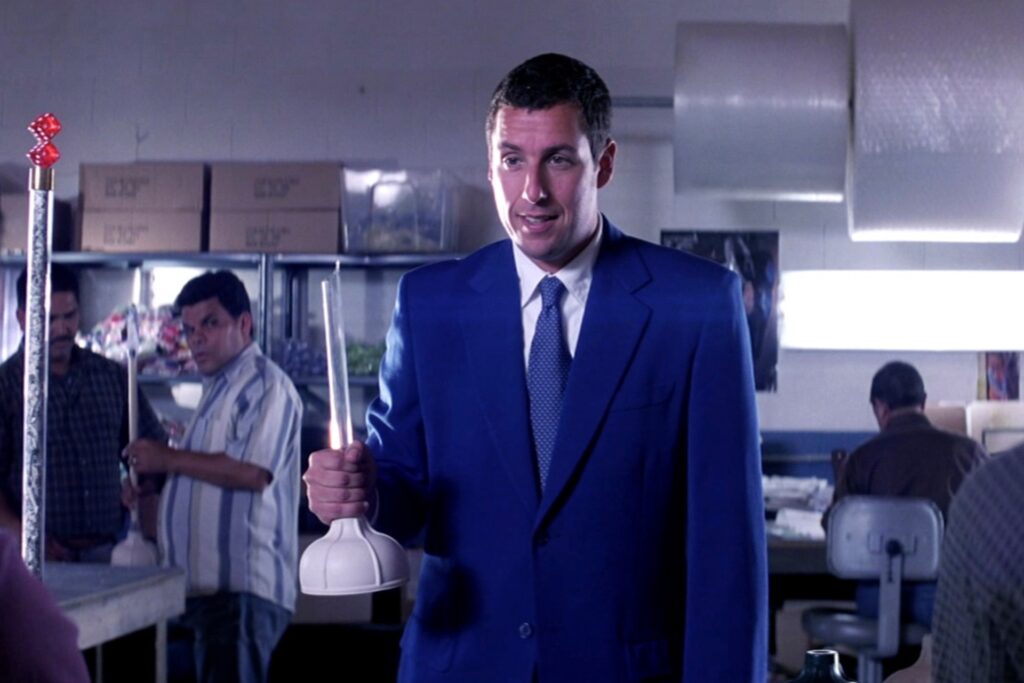
Anderson has a truffle nose for smelling out unexpected talent, and his second-best effort was Adam Sandler (after Mark Wahlberg in Boogie Nights, more on that soon), transforming him into a romantic lead. Remember, Anderson’s three features had stacked casts, so it was a surprise to give a comedic actor a free playing ground as Barry Egan, a fumbling novelty-items salesman in a Yves Klein blue suit.
7. Inherent Vice (2014)

There’s no competing with which of Joaquin Phoenix’s collaborations with Anderson is better (more on that very soon). Still, the actor’s second round with the filmmaker came two years later with Inherent Vic playing Larry “Doc” Sportello, a Los Angeles beach-bum private eye who gets on a case involving a vanished real estate mogul, a heroin cartel, and a cult. Sounds about right for everything a PTA movie entails.
6. The Master (2012)
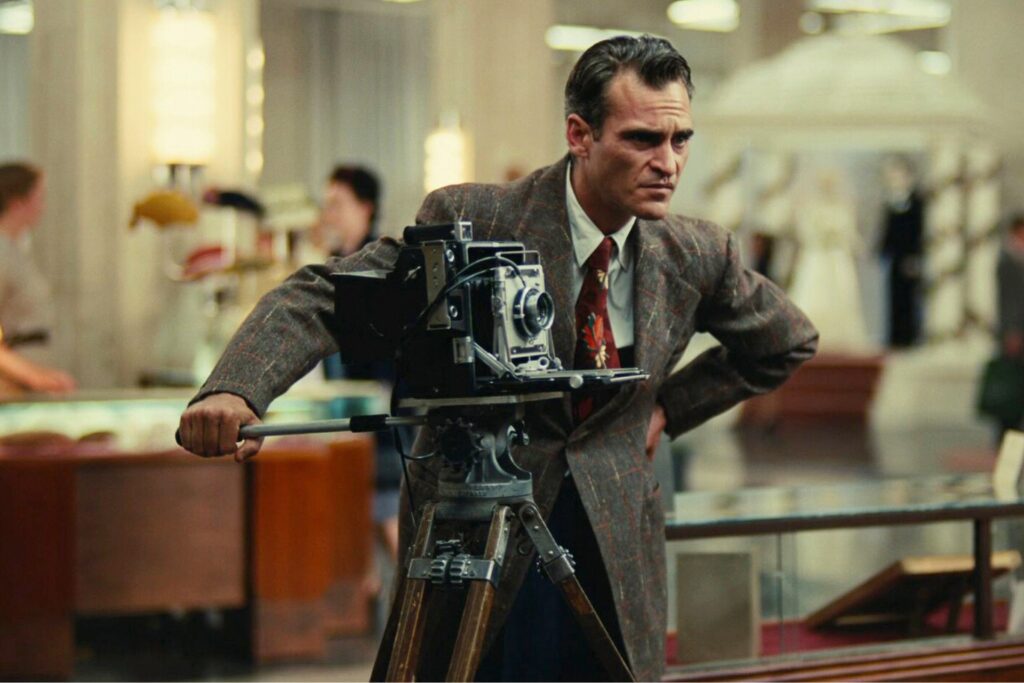
Props to the Channel 10 journalist who asked Anderson if he showed Tom Cruise The Master. (Which was loosely based on Scientology founder L. Ron Hubbard.) “Do you know the answer to this?” he asks. “You know I do . . . Well, my viewers don’t.”
Aside from Anderson’s poor answer, The Master captures three actors at the peak of their power: Phoenix, Philip Seymour Hoffman and Amy Adams. This was Anderson’s first collaboration with Phoenix, who plays the shattered World War II Navy vet Freddie Quell, as he tries to hold down a job and meet a girl. He’s seduced by the preening and charismatic Lancaster Dodd (Hoffman), a cult leader, and his Lady Macbethian wife, Peggy (Adams).
Anderson was inspired by the new-age spiritual movements that gained their followings during the post-war period. He spent 12 years on the script, piecing together disparate scenes and unused clippings from There Will Be Blood. That said, it’s perhaps why Freddie and Daniel Planview (Daniel Day-Lewis in TWBB) seem cut from the same cloth: both alchemical creations forming an ego (Daniel) and id (Freddie) pairing.
5. Phantom Thread (2017)
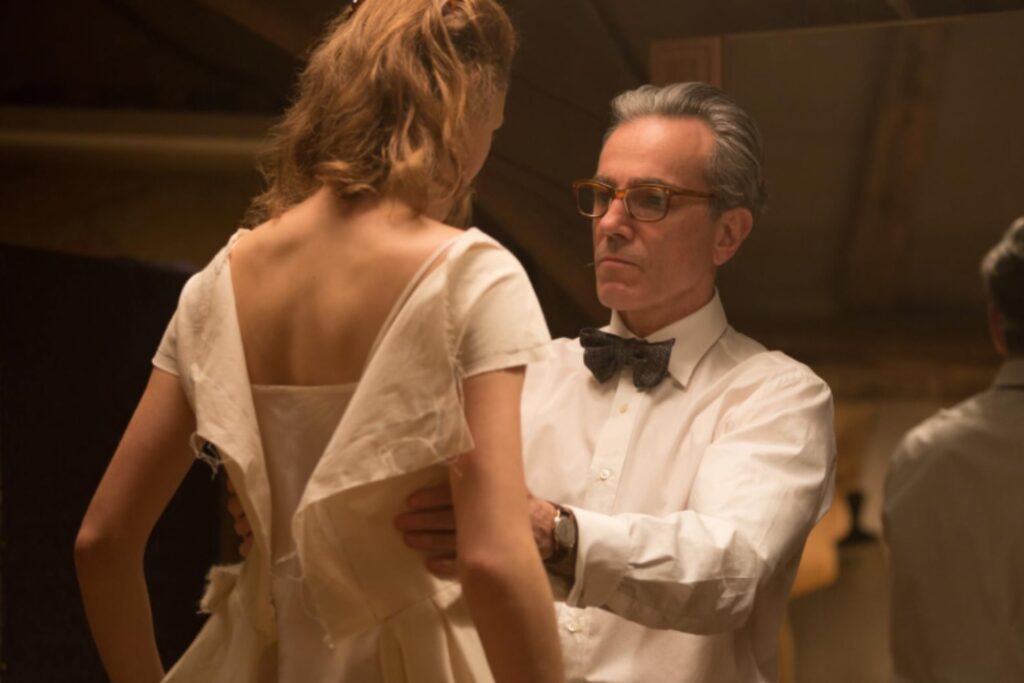
You can tell Anderson loves London in Phantom Thread. The film opens in the early days of spring, when pink cherry blossoms bloom against the white tiered cake-like houses of the city. It is also Anderson’s most romantic, to an extent, which follows Reynolds Woodcock (Day-Lewis), a couturier who falls in love with his new muse, Alma (Vicky Krieps). As their honeymoon period wears off by the middle of the film, their relationship becomes a back-and-forth of Reynolds’ tyranny, to which Alma tempers with poisonous mushrooms for her “hungry boy”.
Have to give it to Anderson for representing a waning ’50s fashion house. Reynolds hates the word ‘chic’ and is facing the liberating ’60s in womenswear. If you had to pin the House of Woodcock’s trajectory to an IRL designer, my guess would be Pierre Cardin, whose name was licensed onto toasters and velcro wallets by the end of the century.
4. One Battle After Another (2025)
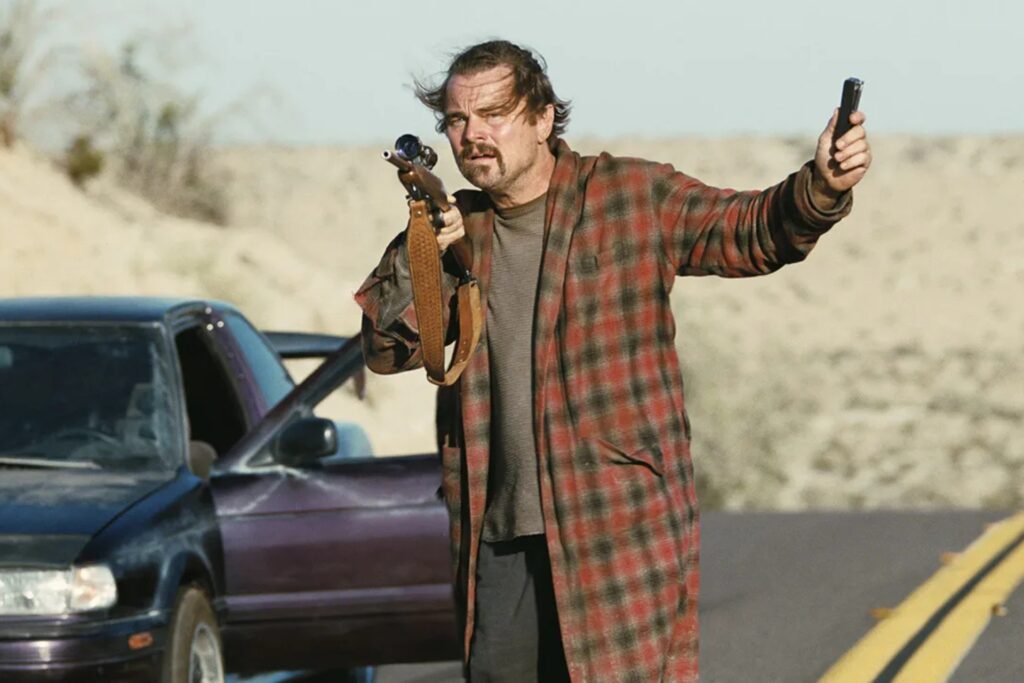
I will not let this list fall to recency bias. But Anderson’s thrilling One Battle After Another takes the fourth spot because it was a return to form compared to his last two films. Leonardo DiCaprio plays Bob Ferguson, a washed-up revolutionary who has to find his daughter, Willa (Chase Infiniti), after she’s kidnapped/high-tails it to a convent for her own protection from the cocksure Colonel Lockjaw (Sean Penn). By the sounds of that, One Battle After Another is also Anderson’s most marketable. Yet it remains serenely his with menacing cinematography of the snaking desert highway and oddball performances from Penn and Benicio del Toro’s karate sensei.
In terms of what the film has to say about revolutions is where Infiniti shines in a stellar acting debut. What we’ve seen so far of Gen Z’s representation as socially mobile characters has been met with cringe and whiffs of contempt. (Ah-hem, Ari Aster’s Eddington coming to mind.) Anderson is instead sympathetic to how young people can be overzealous in making the world a better place. It’s also why the film feels somewhat autobiographical as he shares four children with former SNL actor Maya Rudolph. It’s a respect for young people being heroes in their own stories.
3. Boogie Nights (1997)
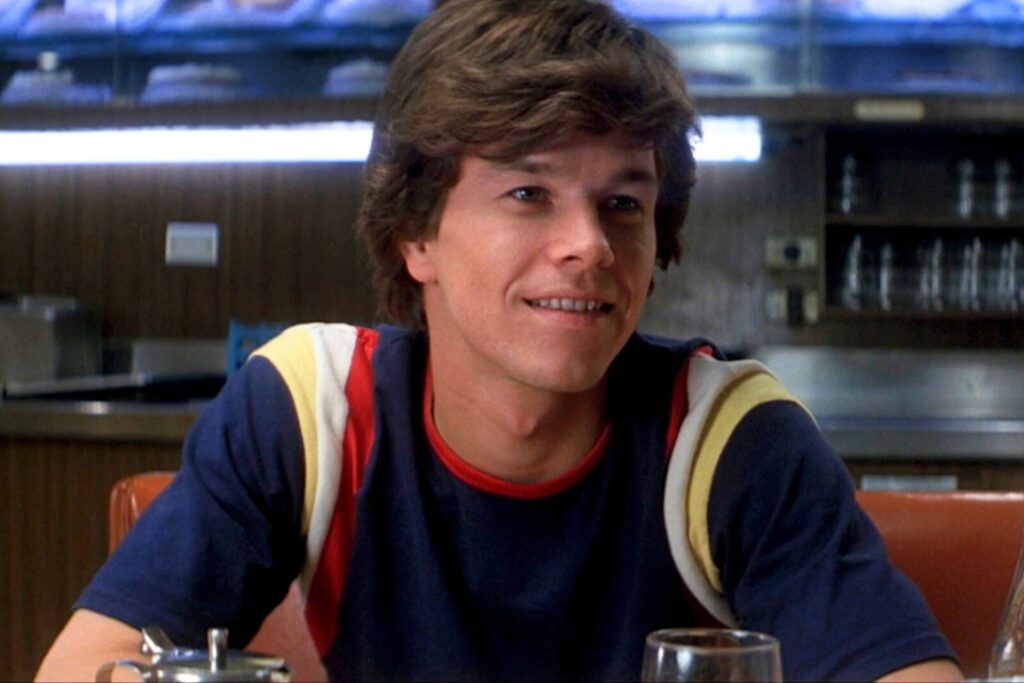
Up until 1997, Mark Wahlberg was best known as “Marky Mark”, who rapped about good vibrations on MTV and posed alongside Kate Moss in a Calvin Klein underwear ad. (And this was also before he became better known as an action star and opened a burger chain.) Anyway, Anderson must’ve seen something in Marky to cast him as Dirk Diggler in Boogie Nights, a young, wide-eyed and well-endowed fool starting his career during the height of porno chic of the ’70s. In his second feature, we see Anderson establish voice for fringe characters and nostalgia for forgotten cultural epochs.
2. There Will Be Blood (2007)
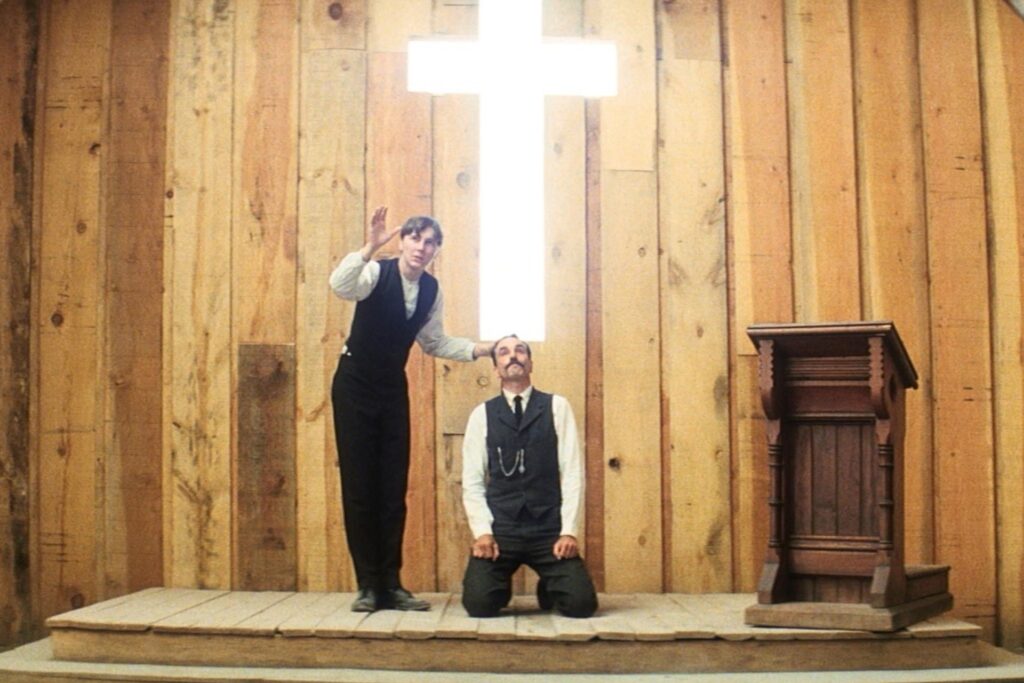
There is no dialogue for the first 15 minutes of There Will Be Blood, just prospector Daniel Plainview (Day-Lewis) trying to yank his fortune from a hole in the ground. In a role that bagged Day-Lewis his second leading actor Oscar win, There Will Be Blood tells a story of corruption and compromise of that comes with the American dream. Set in the Californian desert, it’s an indirect western epic that also gives Anderson mythological status in the American filmmaking. Not that he needed it, of course, but this alchemic creation remains his first defining work in the 21st century.
1. Magnolia (1999)
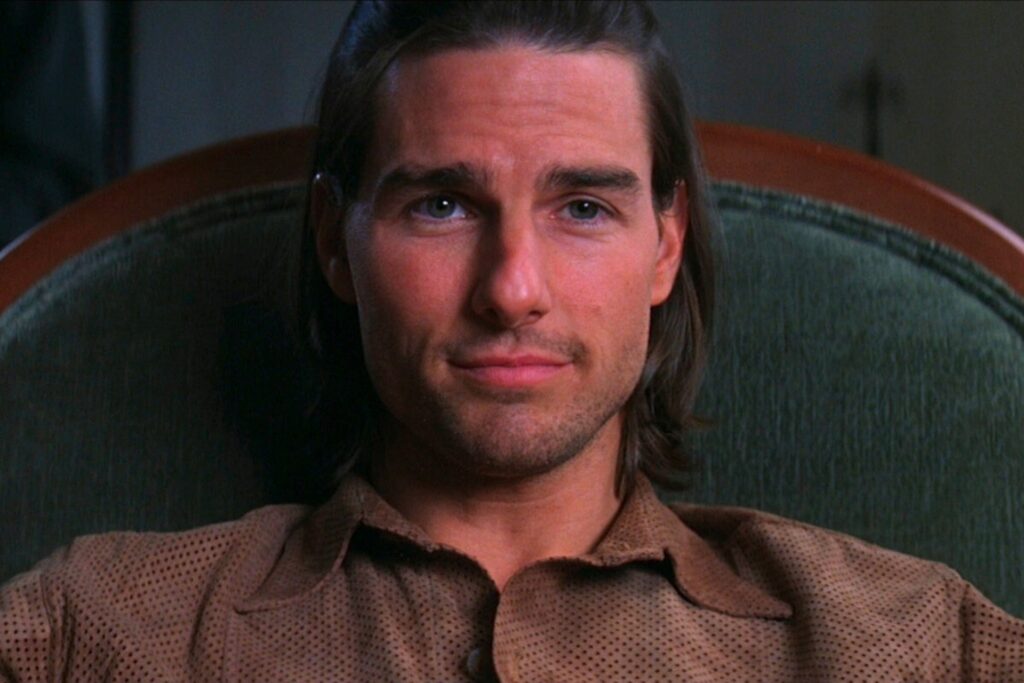
PTA has done a lot for his hometown, the San Fernando Valley. Though his 1999 Magnolia does a lot in the space of three hours as it weaves together nine storylines that span the Valley’s expanse. With no shortage of haute pedigree actors from Tom Cruise, Julianne Moore, Philip Seymour Hoffman, Philip Baker Hall, Alfred Molina, and more, their characters – spanning class and industry – are united in their shared isolation and yearning. Magnolia‘s excess is part of its appeal, the kind that situates it in the canon of American filmmaking and at the top of this list.
Related:
Paul Thomas Anderson’s ‘One Battle After Another’ reminds us just how funny Leonardo DiCaprio can be




